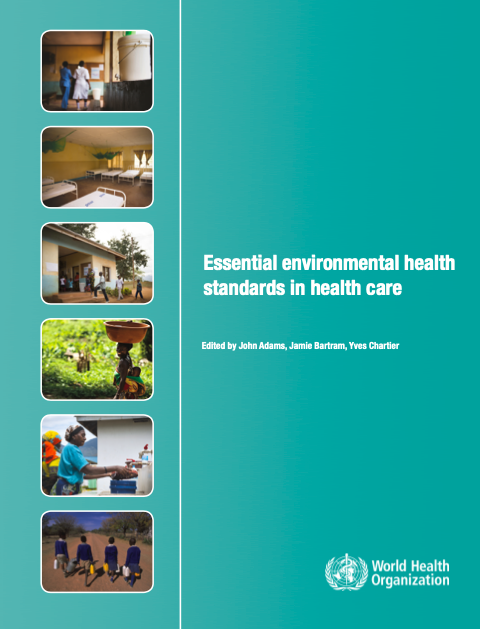Health-care associated infections affect between 5 and 30% of patients. The associated burden of disease is extremely high, and is a significant drain on health-sector resources and households. Ensuring safe environmental health conditions in health care can reduce the transmission of health care associated infections.
Environmental health interventions in health-care facilities act not only to directly reduce the disease burden, but are by their nature targeted at high-risk populations. These interventions also provide an educational opportunity to promote safe environments that are relevant to the population at large, and thereby also contribute to safe environments encountered at home. This is especially relevant to the trend towards increased home-based care, as witnessed in both the developing and developed countries.
The international policy environment increasingly reflects these issues. The eight United Nations Millennium Development Goals include goals on maternal health (there are an estimated 529 000 maternal deaths per year), as well as other goals relating to major diseases and infant mortality.
This document provides guidance on essential environmental health standards required for health care in medium- and low-resource countries and support the development and implementation of national policies. These guidelines have been written for use by health managers and planners, architects, urban planners, water and sanitation staff, clinical and nursing staff, carers and other health-care providers, and health promoters.
